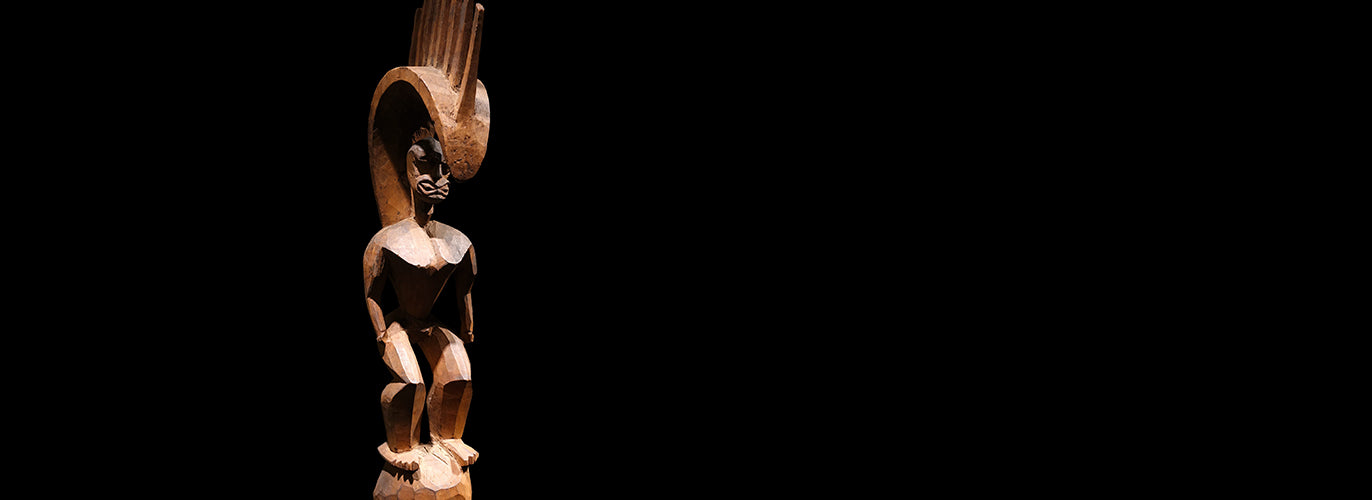Legend of Lono: Captain Cook

Fertility, agriculture, rainfall, music and peace – all used to describe the ancient Hawaiian god, Lono. Lono is one of the four gods (Kū, Kāne, and Kāne's twin brother Kanaloa) who the Hawaiian’s believed to exist before the world was created. While Lono is often associated with peace and enlightenment, this was not the case for Captain James Cook – the first westerner to make contact with the Native Hawaiians.
Captain Cook first came Hawaii on January 18, 1778. Early legends believe that when Captain Cook came to the islands, the Hawaiians were celebrating the Makahiki festival in Lono’s honor. During this time, Lono was believed to be circumnavigating the islands and strict kapu (forbidden) was placed on war and unnecessary work. Some argue that at the time of Cook’s arrival, the Hawaiians believed that he was Lono or used his name as a metaphor for Lono – welcoming him and his crew with open arms and adorning them with gifts and offerings. During his first and second voyage, Cook’s crew mentioned that he was referred to as “Rono” by the Natives.
After leaving Hawaii, Captain Cook and his crew faced extreme weather conditions which caused a mast on his ship, Resolution, to break, forcing them to return to the Hawaiian islands for a third time. But this time, he was not welcomed with open arms. The Hawaiians had no longer been in the festival season, but instead they were in the season for battle and war under the worship and rituals for Kūkaʻilimoku, the god of war. The Hawaiians grew sour with Cook and his crew, even stealing one of their lifeboats. At this point, Cook attempted to trick and take the royal chief Kalaniʻōpuʻu but he was quickly overwhelmed by Native Hawaiians and eventually killed in a fight that struck out between the two groups.
To this day, it is assumed that the hospitality shown towards Cook as a foreigner was due to their loyalty towards Lono. However, whether or not they believed he was Lono can only be confirmed by memories locked away in ancient Hawaiian history. Every day, we are learning more about the intricate and mysterious nature of the Native Hawaiian culture.



